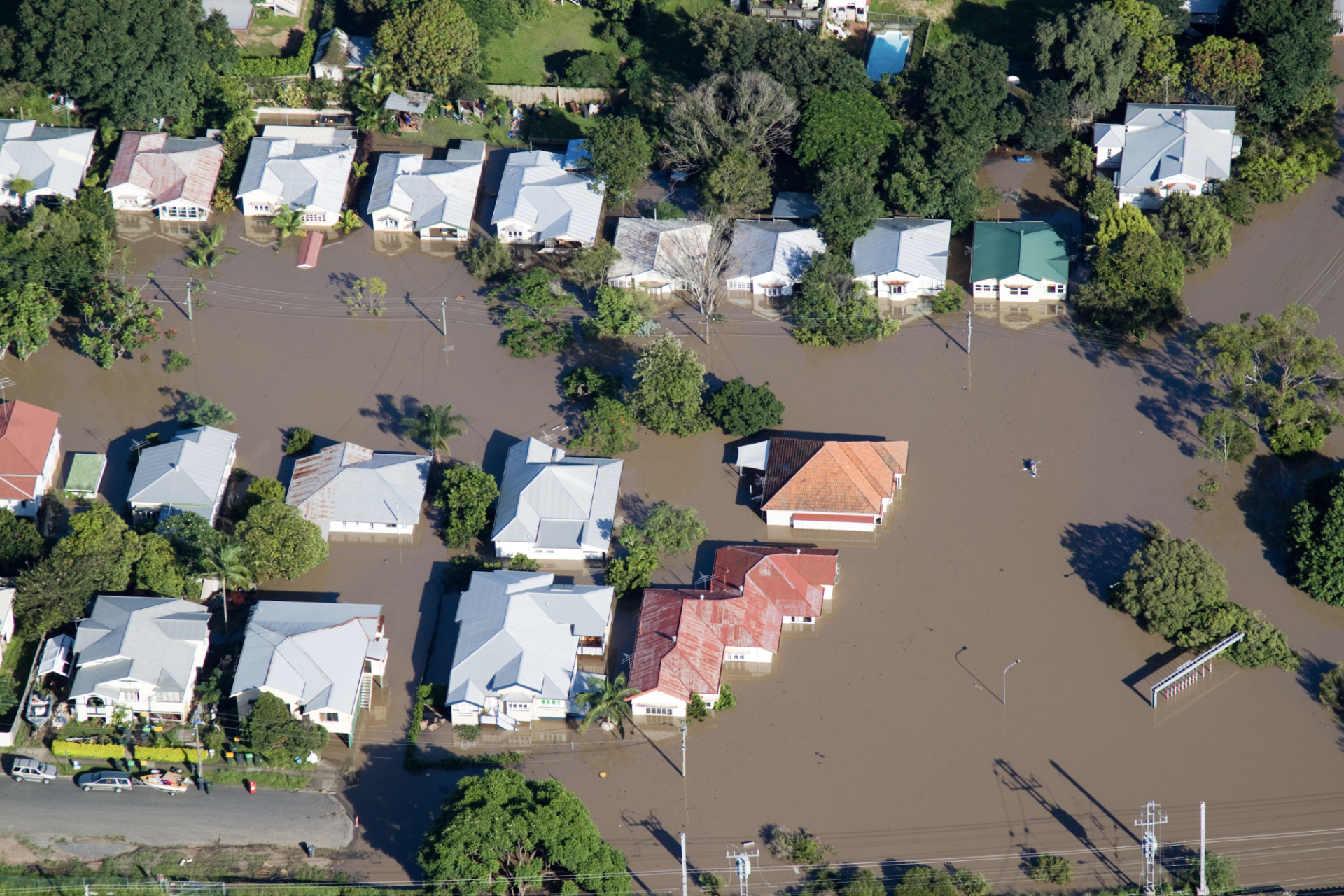Flood Remediation: How to Mitigate Damage
In the event of a flood, it’s important to take steps to mitigate the damage as much as possible. A flood can cause serious damage to your home and belongings, so it’s crucial to be prepared. In this article, we’ll explore some of the ways you can mitigate the damage a flood can cause, and hasten the process of flood remediation.
One of the best ways to mitigate the damage caused by a flood is to move your belongings to higher ground. If you have time before the floodwaters reach your home, take advantage of it and move as much as you can to safety. Get your furniture and other valuables off the floor and onto higher surfaces. If possible, put them in waterproof bags or containers. The more you can protect your belongings from the water, the less damage they’ll sustain.
Another way to mitigate the damage of a flood is to seal off any openings in your home that could allow water inside. This includes doors and windows. If possible, put sandbags or other heavy objects in front of these openings to keep the water out. You should also ensure that your doors and windows are properly sealed with weatherproofing material, especially if you expect to experience a flood.
In addition, it’s essential to make sure all of your electrical appliances are unplugged before the flood comes. This can help prevent electrocution and water damage to your electronics. If you have time to do so, consider disconnecting any appliances in lower areas of your home as well.
By taking these steps to mitigate the damage of a flood can cause, you can help protect your home and belongings from harm. But even if you take all the necessary precautions, it’s still important to have a plan in place in case of an emergency. Be sure to have the contact information for professional help ready, and know where you would go and what you would do if your home was flooded. With a little preparation, you can be as prepared as possible for a flood, and minimize the damage it causes.
It’s important to prepare for a flood emergency by keeping certain items on hand, such as sandbags or other flood barriers, and having an evacuation plan in place. When the flooding occurs, it’s important to stay calm and remember that the water will eventually recede. While you wait for the flooding to subside, you can take steps to mitigate the damage by moving valuable or irreplaceable items to a higher level, and by using fans and dehumidifiers to dry out wet areas.
Once the floodwaters have receded, it’s important to begin the process of flood remediation as soon as possible. This involves removing all wet items from the premises, and cleaning and disinfecting all surfaces that have been in contact with the floodwaters. It’s also important to dry out the premises as much as possible to prevent mold and mildew from growing. If you take these steps, you can minimize the damage a flood can cause, and get your home back to normal as soon as possible.
So, while a flood can cause serious damage to your home and belongings, there are ways you can mitigate the damage and hasten the flood remediation process. By being prepared for a flood emergency, taking action as soon as possible after the flooding occurs, and using these tips to clean up afterward, you can ensure that any flooding event will be only a minor setback for you and your family. Best of luck!











